Japan is full of iconic items like the Noren curtain, typically seen over home and business entrances for privacy, to promote it, or increase its aesthetic appeal.
In this article, we will look at the meaning of the Noren, its history and applications, and how to choose a Noren for your home.
What Is A Japanese Noren Curtain?
Noren (暖簾) are fabric dividers that are used to divide rooms, drape over an entrance or window, or display decoratively on the wall. They have been a part of iconic Japanese culture for the past several hundred years.
They are usually made of thin material with vertical slits from the bottom to almost reach the top. This allows people to pass through the fabric by brushing past one of the vertical strips or allows for easier viewing.
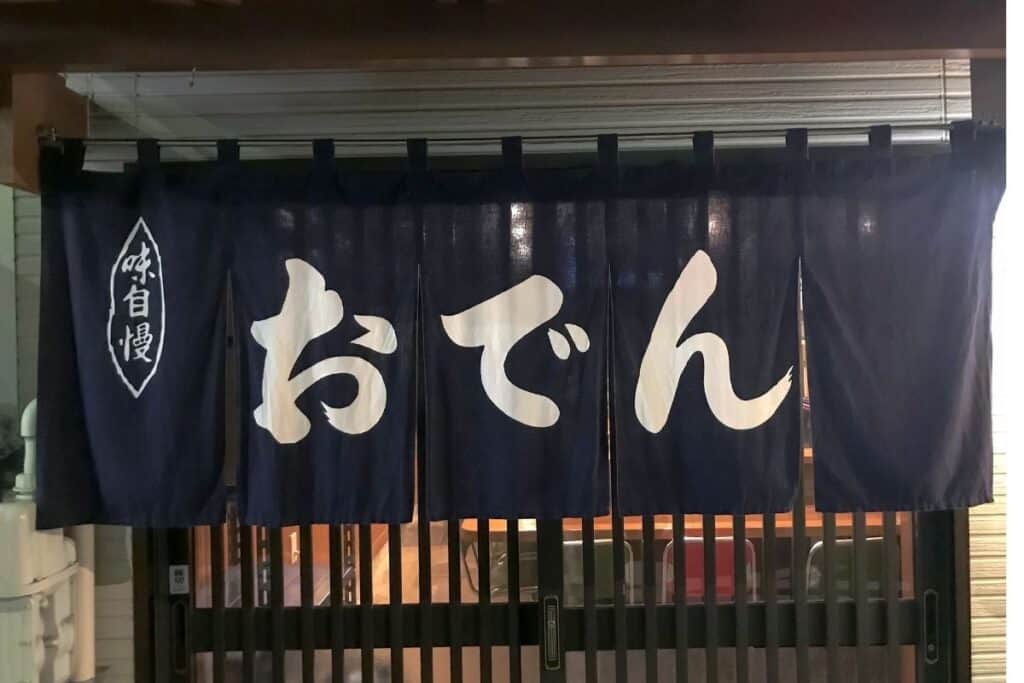
The shape of Noren is in either a square or rectangle or varying size. They come in many different types of material, color, and patterns.
How are Japanese Noren Curtains Used in Homes?
Japanese Noren was originally used to protect against the elements, draped over doorways and windows to block out wind, dust, and during the rainy season. It also doubled as an insulator, keeping the home warmer on cooler days.
They also function as dividers, which was useful if a household wanted to obscure a messy kitchen from view if they were hosting guests in the living room.
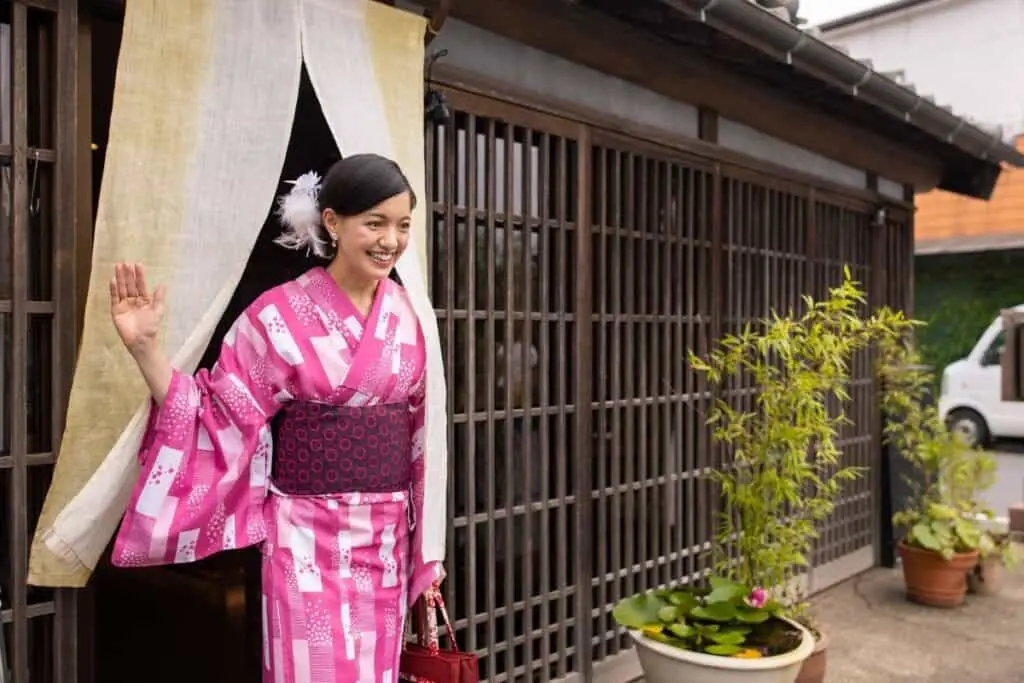
How are Japanese Noren Curtains Used at Businesses?
Traditionally, Noren was used to protect the business from the elements, and for displaying the business’ logo, which was usually named in the form of Japanese kanji, a monogram, or an abstract design. Noren is usually seen sectioning off areas in a restaurant and sometimes draping over the kitchen doorway.
A business’ logo and its Noren are almost synonymous and can refer to a brand’s value. The actual word ‘Noren’ can be used to describe goodwill when a business makes a new acquisition.
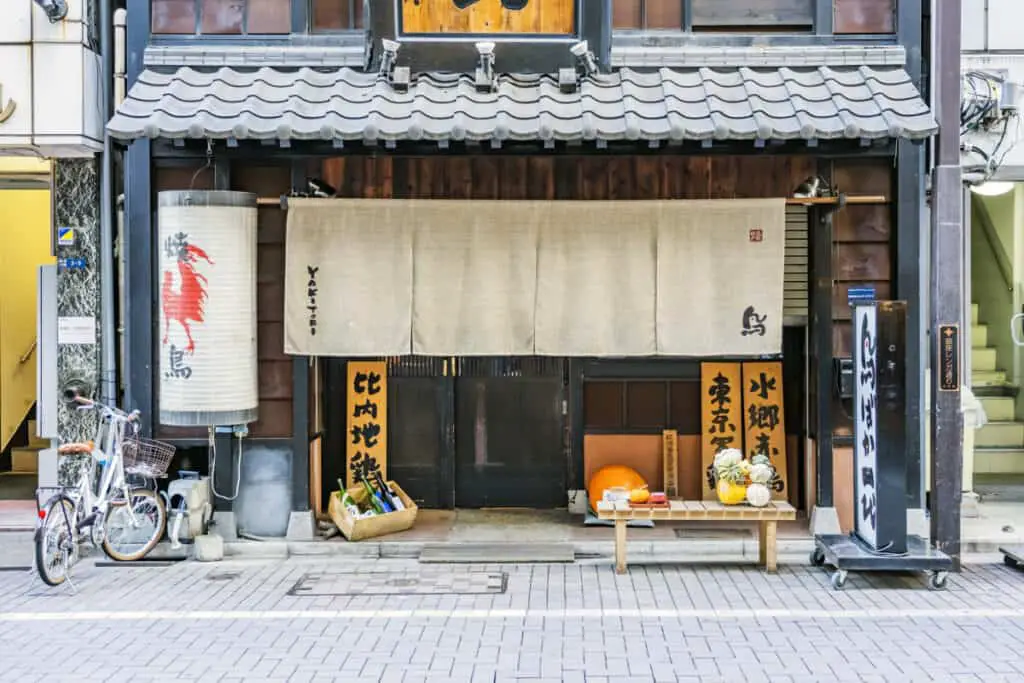
If a Noren is hung in front of a business’ entryway, that signifies the business is open to the public. If, however, the Noren has been taken down from the doorway, it means the business is currently closed.
Business owners always take down the Noren at the end of the work day.
How is Noren Used at the Sentō (Commercial Bathhouses)?
Sentō traditionally split their bathhouses into two sections, one for females, one for males. A Noren is placed in the doorway of these two changing areas that access the water with the kanji Yu (湯), or hiragana (ゆ), which means ‘hot water’.
The color of the characters on the Noren are typically but not always, blue for males and red for females.
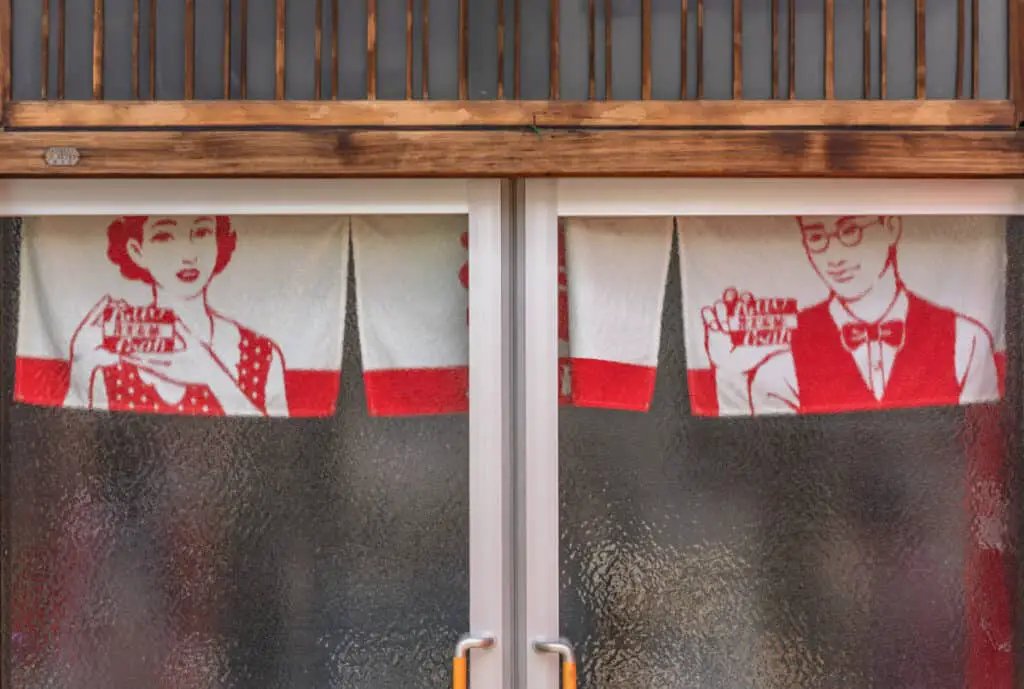
How was Noren Used at Sushi Shops?
In the past, Noren was used in determining the quality of a sushi shop and its popularity. The dirtier the Noren, the better the food was said to be.
Sushi used to be considered the ‘fast food of Japan ’, being served at small stalls on the street. People would come, eat, and because towels were not customary at the time, they would wipe their hands on the Noren as they left.
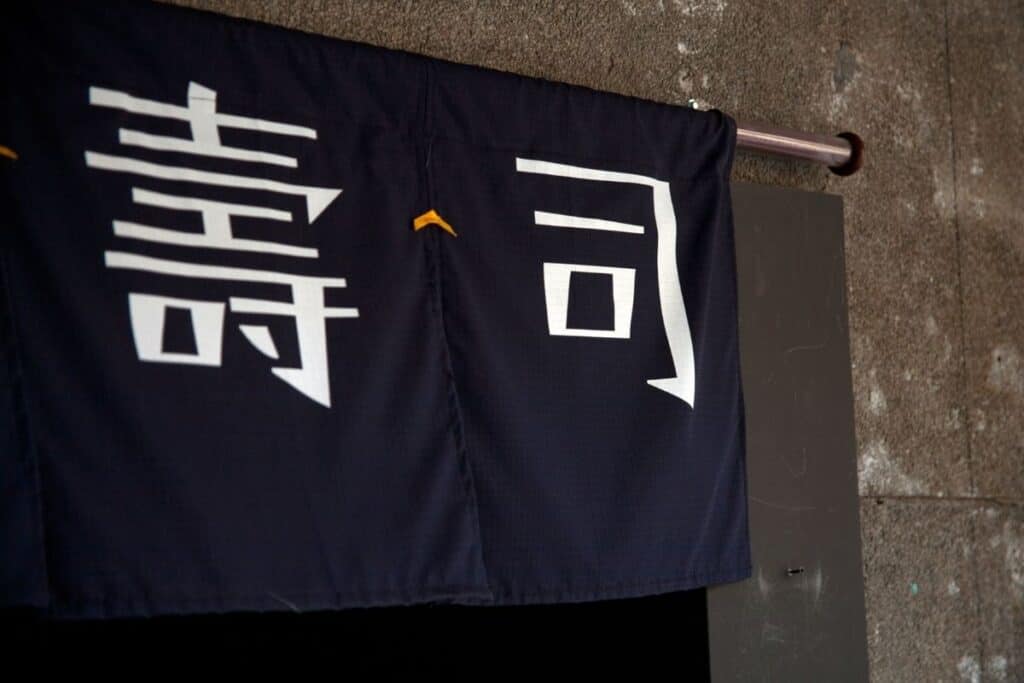
A heavily stained Noren signified that the stall had a lot of customers, meaning the food was very good.
In current-day Japan, people no longer wipe their hands on the Noren of sushi shops. The Noren is more symbolic and decorative in modern Japan.
What is the History of the Japanese Noren?
Experts have supposed that the Noren was used in Japanese culture as early as the Jomon period (12,000 – 300 BC). They began as a way to keep out the elements, and then to signify if a business was open or closed, and then as promotion and decoration.
For a long time, businesses would use Noren to promote their brand, writing their logo and shop name on the Noren, or an idea of their products and services.
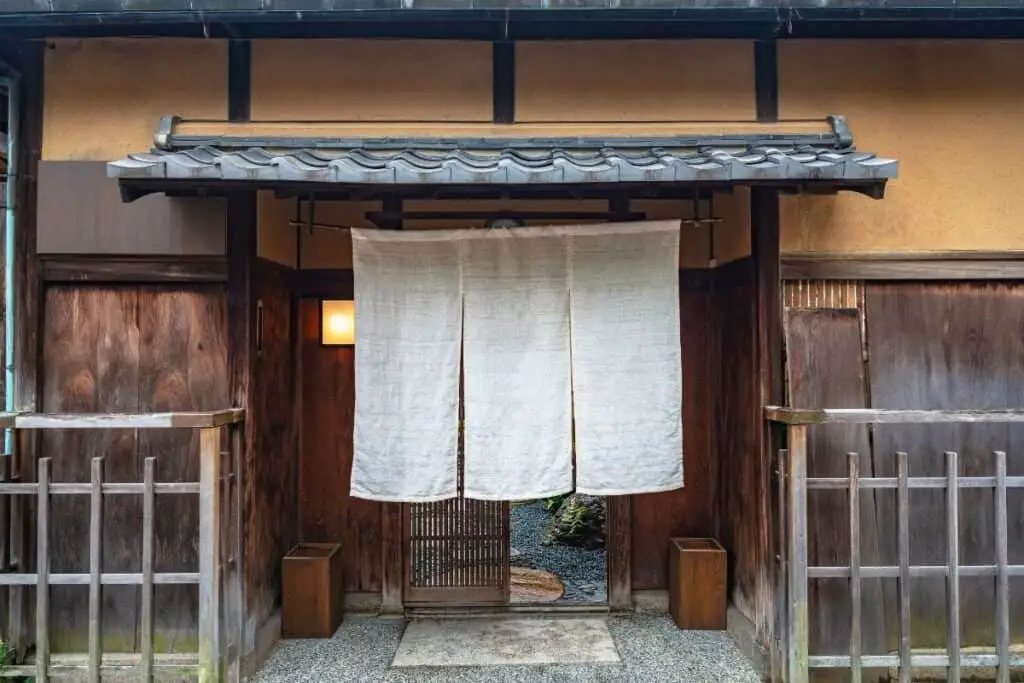
How is ‘Noren’ Integrated into the Japanese Language?
In Japanese, “noren ni udeoshi” means to “push the Noren with an arm.” This idiom is used as a Japanese metaphor, meant to reference a ‘waste of effort or time’.
This idiom came about as Noren are thin sheets of fabric, and can be moved easily without effort. So to push on the fabric doesn’t make a lot of sense.
It’s similar to the phrases “beating the air” or “catching the wind with a net” in English.
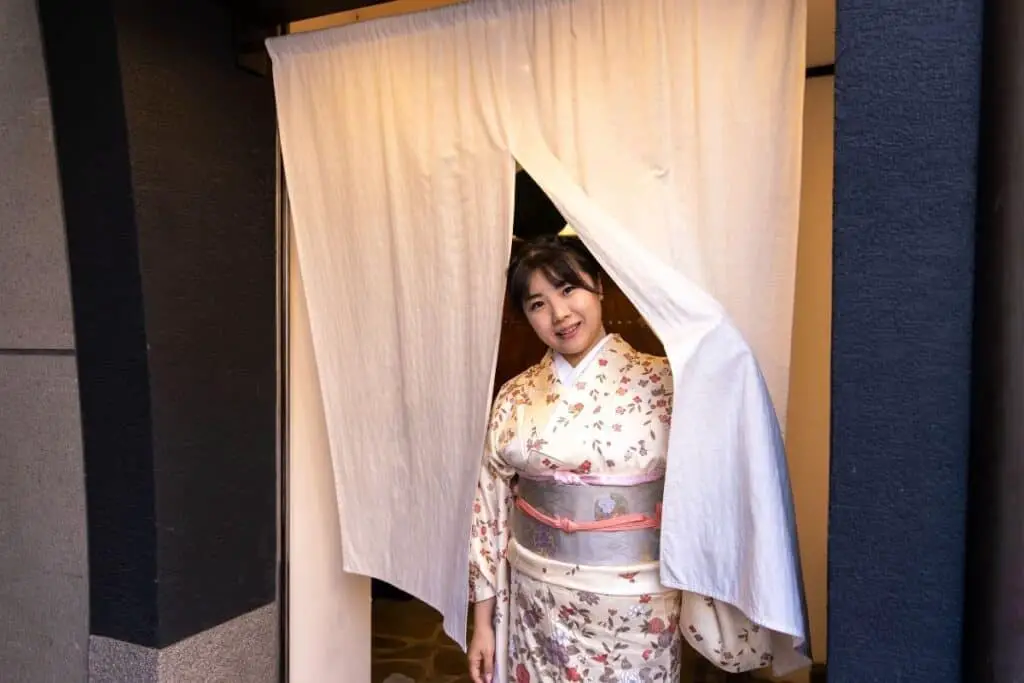
How do I Hang Display Japanese Noren?
Noren is simply rung through a curtain rod using the loops on the curtain to stretch the fabric across. Ensure the curtain rod mount is securely put in place with screws or nails. For more authenticity, allow it so the curtain rod can be taken off the mount at any time.
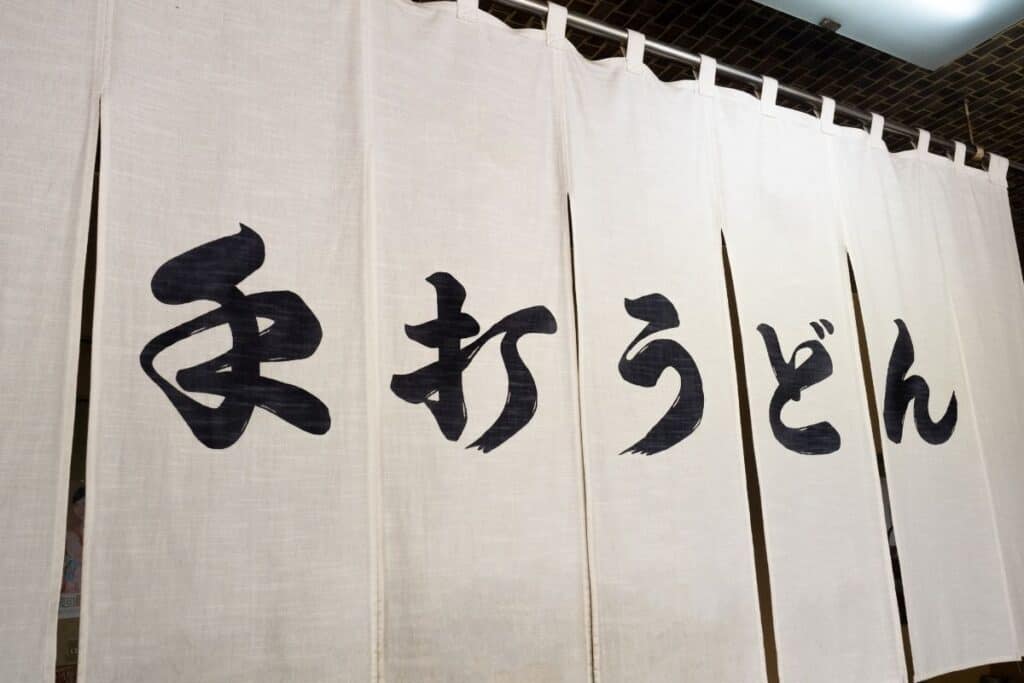
How do I Use Noren for Decorative Purposes?
The popularity of Japanese Noren has become a global phenomenon, with Noren found in the most unlikely places. Noren is being used as the new curtain style for Western homes, and a visibility barrier for doors.
Noren can be put on display and used as a unique piece of traditional art for guests to talk about when they come to visit your home.
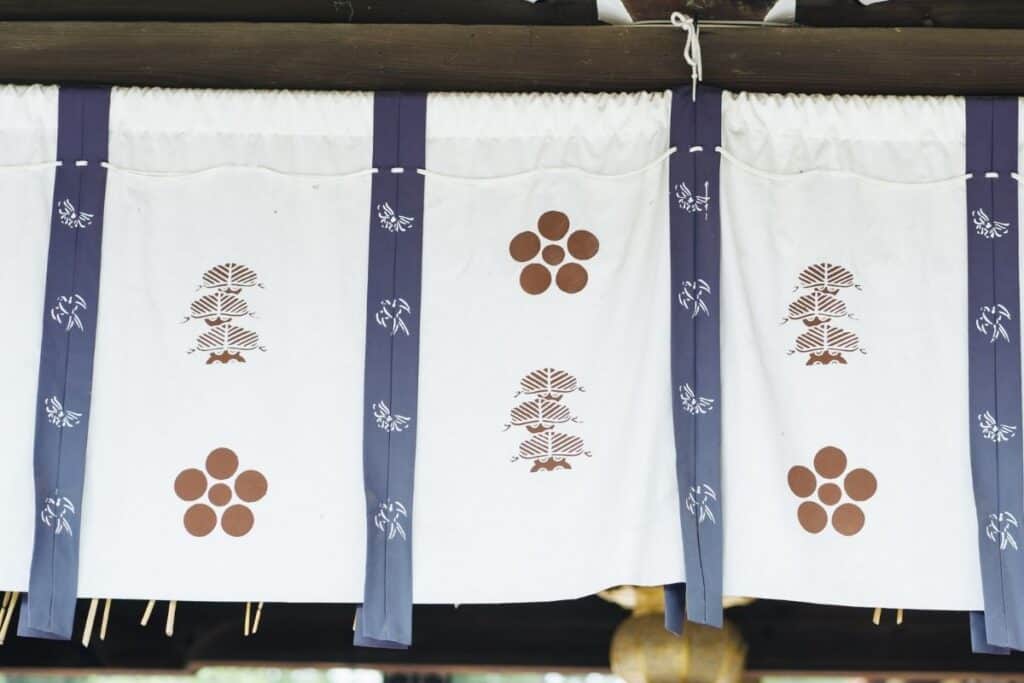
How Do I Choose a Noren Curtain?
1. How Do I Decide the Space I Want to Partition?
The most common way to utilize Noren is as a symboling barrier. A few places Noren traditionally is placed are:
- Over the front entrance.
- Partitioning the bathroom entrance.
- Over the kitchen entrance.
- Placed in the middle of the room as a divider.
- Over the bedroom door.
- At the back entrance.
2. How do I Decide on the Length and Size of the Noren?
For private places, like a bathroom, the Noren should be longer, giving you more privacy. For places that get a lot of foot traffic and don’t require a lot of privacy, the Noren can be shorter.
Shorter Noren is suitable for kitchens or in a restaurant so people can see what’s going on but block out some of the view, such as peoples faces.
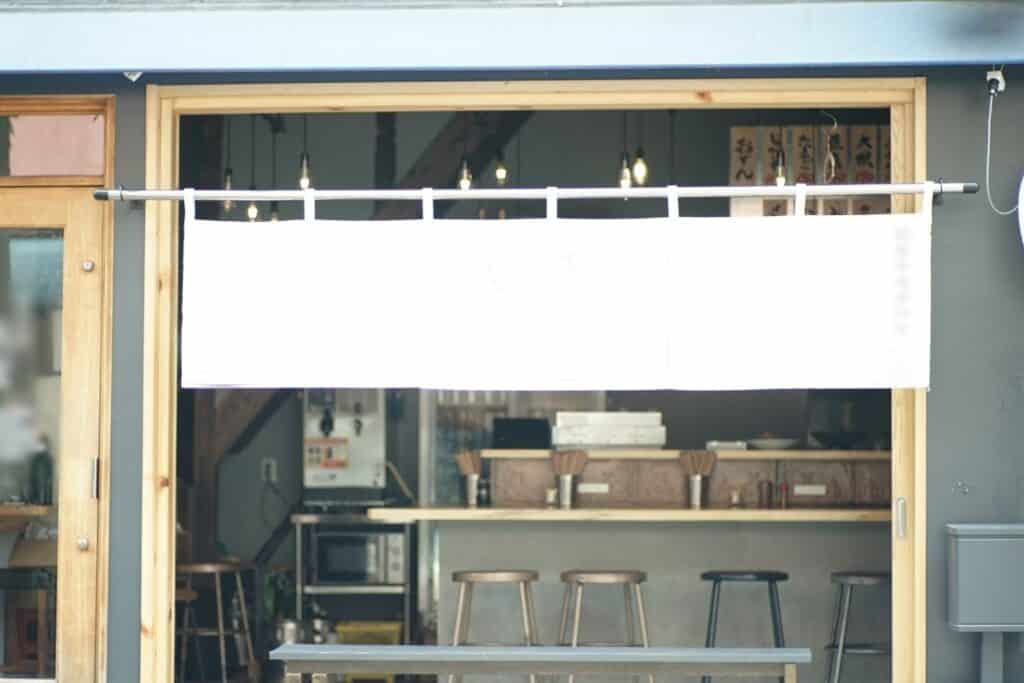
Shorter Noren in restaurants allows for the fast passing of dishes and plates under the Noren without becoming a hazard. Children can also pass under them easily, getting the Noren dirty less quickly.
The privacy is mid-level for mid-length Noren as they generally hide a person to their knees or waist, meaning that you will know someone is there and get an idea for who they are, but you won’t be able to see their face or whole body until they come through the curtain.
The ideal place for mid-length Noren is for back doors where you want to create some privacy but also a breeze.
A Noren length that is longer will stretch to the floor and offer the highest amount of privacy. These types of Noren are all also the most insulating, keeping the heat in a room if you don’t want to completely block off a room by closing the door.
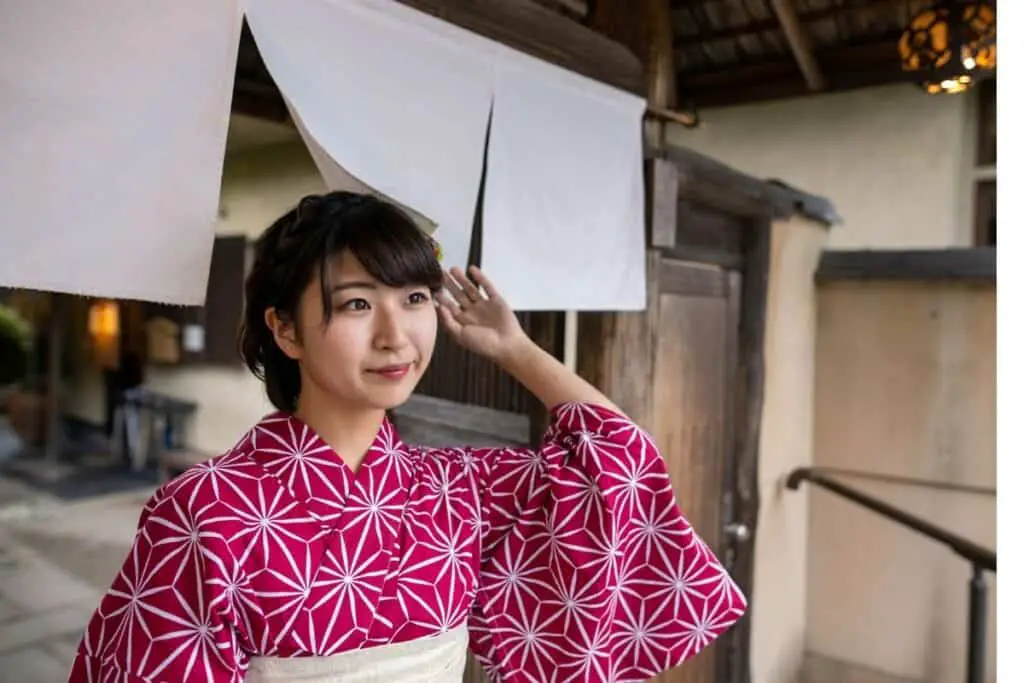
These types of Noren are good for being placed between a kitchen and living room, but you want to keep the kitchen completely hidden from view, or a bedroom where you want to keep the door open but enjoy complete privacy.
3. How do I Decide on the Thickness of the Noren Material?
The thickness of the material ties into how you are placing the Noren and your vision of the Noren’s function.
For a Noren used as a partition in a room, having a relatively see-through fabric works well. It can also be a good choice for covering a wardrobe or a pantry.
For places that require more privacy, like the front of a shower entrance, you will want something thicker and more opaque.
And to increase the insulating power, you can also go with a thicker material over front doors and windows.
4. What material Works Best for Noren?
The three most popular materials for the construction of Noren fabric are:
- Cotton.
- Linen or hemp.
- Polyester.
While linen and hemp help give a soothing aesthetic to a room, cotton offers a softer feel. Polyester is the easiest to clean and put away, although it will not last as long as some of the other available materials.
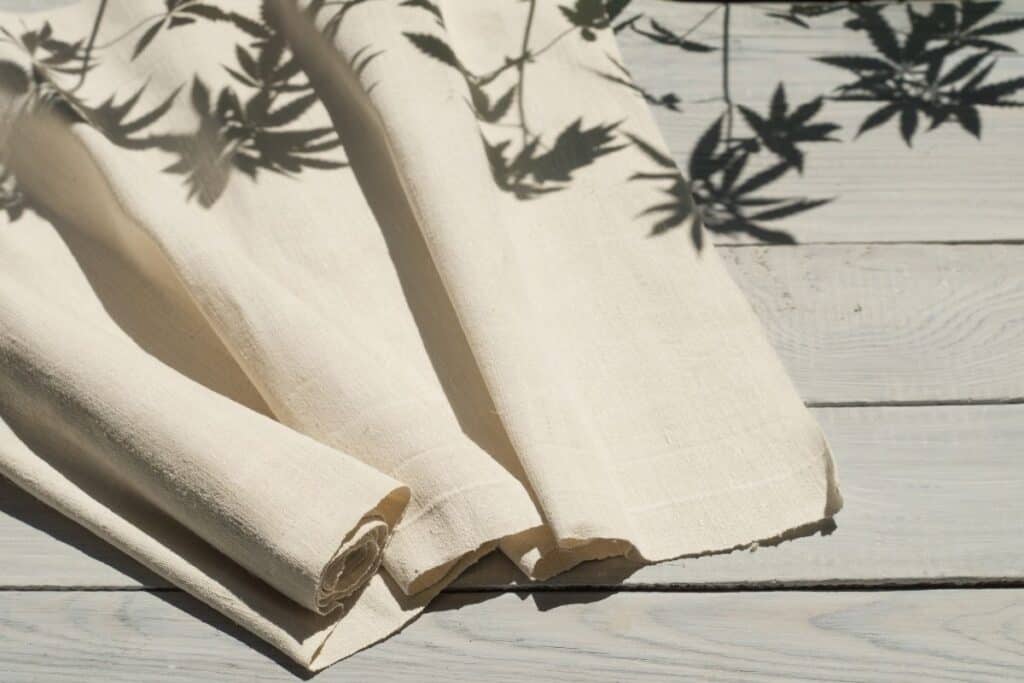
5. What Type of Pattern or Color Should the Noren Have?
Noren compliments a room without drawing too much attention to itself. As Noren are already placed in a prominent area of the home or business, such as the front entrance, they already receive plenty of attention.
Subtle colors, or a simple, clean design with a small color palette is always a safe choice.










